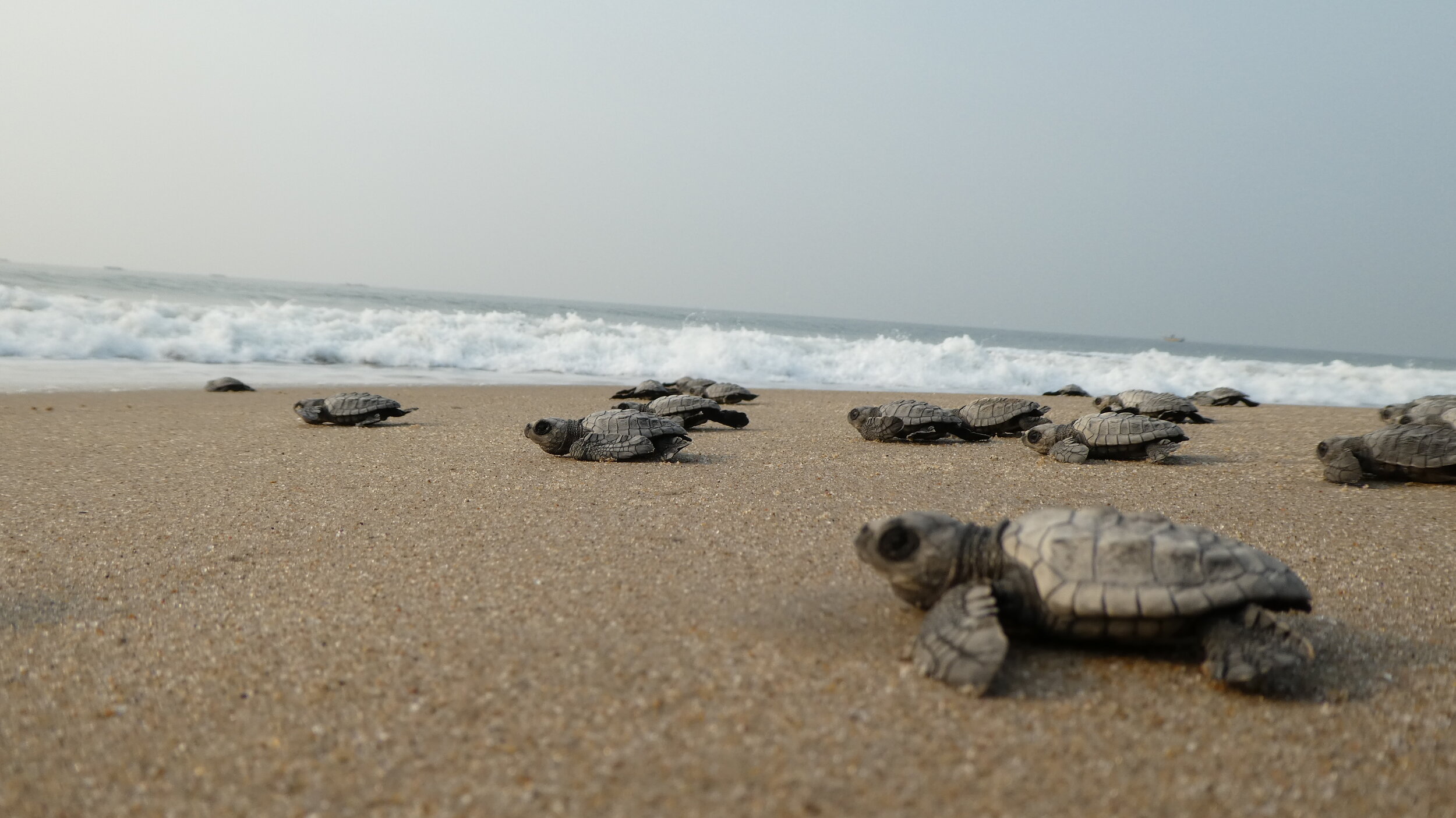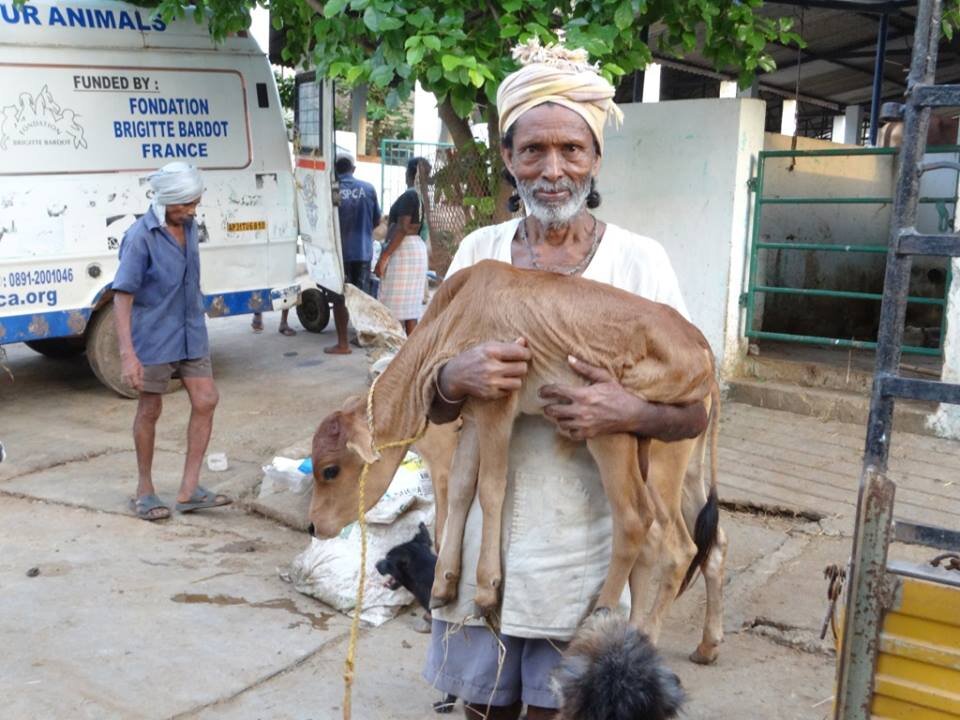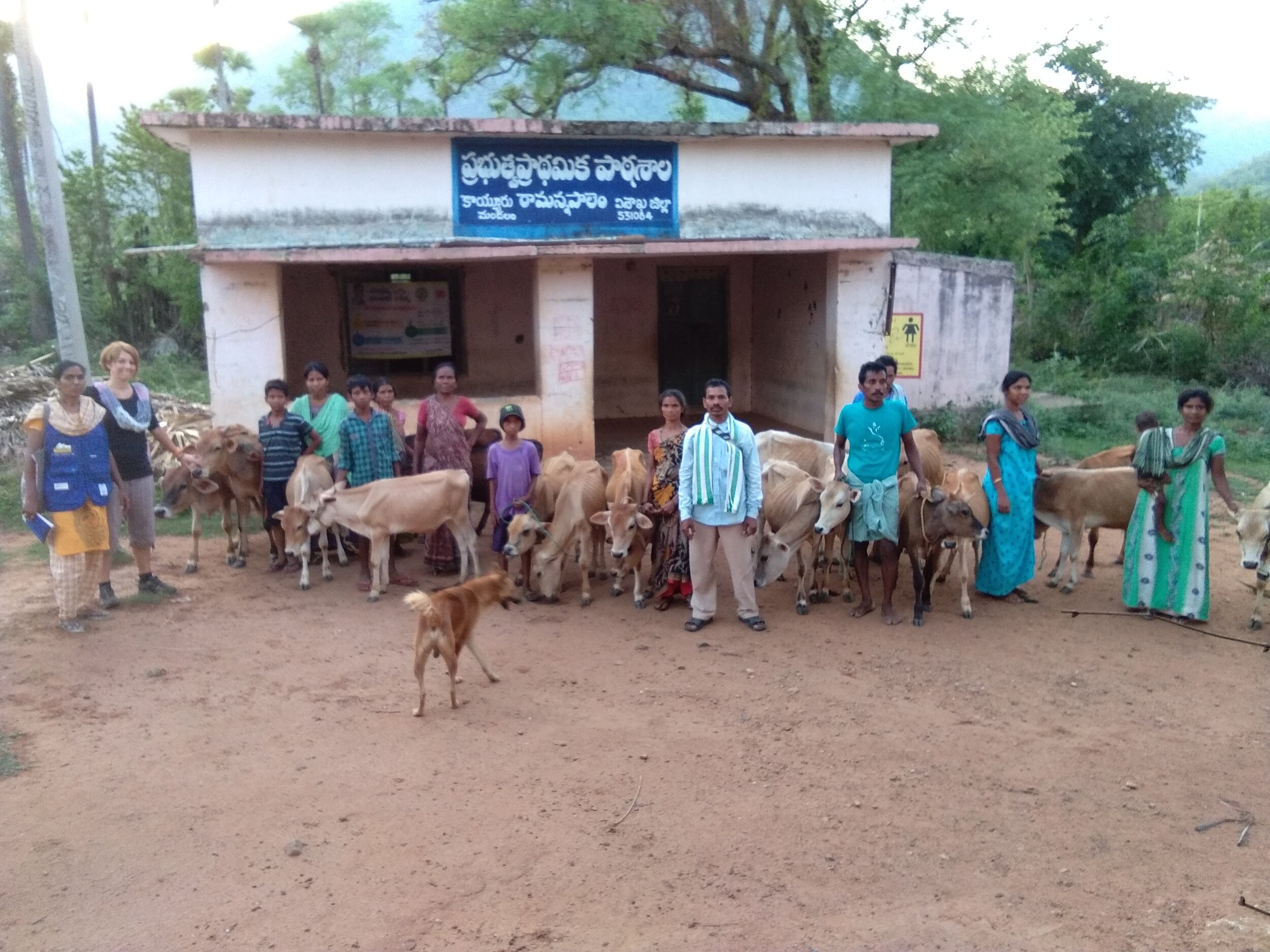Visakhapatnam, India
Biophilic Cities Member since 2020
Naturally Biophilic Visakhapatnam
Vishakhapatnam also known as Vizag in east India, is a naturally biophilic city nestled between the Bay of Bengal and the lush Eastern Ghats. A prolific city and a tourist destination of its state Andhra Pradesh, its population is ~ 2 million people in an urban area of 240 square miles. It is a rich, biodiverse region with plentiful forest cover, and an 83-mile-long coastline with many beaches visited by over 300,000 locals and tourists each month. While Vizag is resilient, this decade has made global warming more visible with seasonal onslaught of typhoons and persistent drought. Protecting the City’s biodiversity - its plant and animal species and their habitats, can lend to its coastal resiliency.
Significant work in species and habitat protection has been ongoing for over 4 decades in Vizag. The “Visakha Society for the Protection and Care of Animals,” or VSPCA-India[1] has taken upon itself to be answerable for the region’s biophilic beauty and resilience. Several programs (e.g. animal birth control and annual rabies vaccinations, asepsis training for government vets, etc.) are in place for Vizag’s domestic animals – dogs, cats and cattle, keeping human health and wellbeing in mind, while ensuring animals are embraced as members of urban society. Demonstration of a model for “dog parks” across Vizag is underway to illustrate how animals may be viewed as the city’s cultural and natural heritage!
January through June, VSPCA works on protecting 35 miles of the coastline by building ex-situ sea turtle hatcheries, employing fishermen to help protect the Olive Ridley Sea Turtle. Despite Amphan typhoon’s onslaught, VSPCA’s Sea Turtle Conservation 2020 saw over 64,000 vulnerable seas turtle hatchlings return safely to sea. This year, Yaas typhoon’s effects are reverberating in Visakhapatnam as well. VSPCA’s sea turtle program that involves the fisher communities drew world attention to the endangerment of the Olive Ridley Sea Turtle and shone light on the sea turtle’s habitat and needs.
Pending further research, the health and environmental impacts from steadily increasing turtle populations over 2.5 decades on the ocean, and on resident human and nonhuman populations can be better understood. The Oliver Ridley Sea Turtle is a symbolic “spokesperson” of this region. Bridging land and sea, she travels across the oceans to return to nest here in large numbers – affecting marine life in the open ocean, as well as onshore bird and animal species of the Bay of Bengal. This year saw growing numbers of juvenile mothers nest at Vizag’s beaches - a recently observed phenomenon.
Nature positive impacts from sea turtle conservation are taking hold: corporates mitigating polluting practices; residents involved in beach cleanup and being proud of Vizag’s sea turtle conservation (note the dogs from the sea turtle conservation team in the group), universities getting involved bringing science to local residents and youth, and globally as well.
A key initiative called “Kindness Farm” speaks to two important aspects of Biophilic Visakhapatnam: biodiversity sustenance and, food and livelihood empowerment of local people. VSPCA will be sharing more on this in 2021.
City Contact: Priya Tallam, President, VSPCA USA, priyatallam@vspca.org
Visakha Society for Protection and Care of Animals (Regd.No. 865/96) Recognized by Animal Welfare Board of India, Union Ministry of Environment and Forest, New Delhi. Regd. Office: #26-15-200, Main Road, Visakhapatnam -530-001.
Smart City Mission
Visakhapatnam has embraced a Smart City Mission that envisions green living within unspoiled environments, promoting clean air and water and a healthy lifestyle:
The city aims at having its population living within a 10-minute walk of green public open space by 2030.
As a green city, Vizag will ensure that development pressures on land will not lead to reduction of green spaces but the growth of city in terms of development or increase in population, results in proportional increase of green spaces. The city will continue to focus on ongoing initiatives of tree planting, and on transformation of underutilized open spaces into active parks and playgrounds. Vizag is aiming to limit the annual “disturbed area” to 1% of the total natural area by the end of the planning period (2030).
VSPCA Goals
VSPCA’s Strategic and Tactical work is focused on addressing Vizag’s weaknesses and threats, while leveraging opportunities and aims pointed out in its Smart City plan:
Goal 1. Focus on the natural behavior of animals. Remain original in our thinking in order to retain the natural beauty and habitat for Vizag’s native animals (including domestic, feral, urban-wild, migratory) and plants.
Goal 2. Heightened awareness of plant-based living as a planetary health imperative and, of the inherent value of animals as: our common humanity, extended family, extended culture and our sense of beauty and peace.
Goal 3. Conscientious Education, Awareness and Outreach for Biodiversity Sustenance across Vizag.
Goal 4. Increase native plant habitats across the City.



























